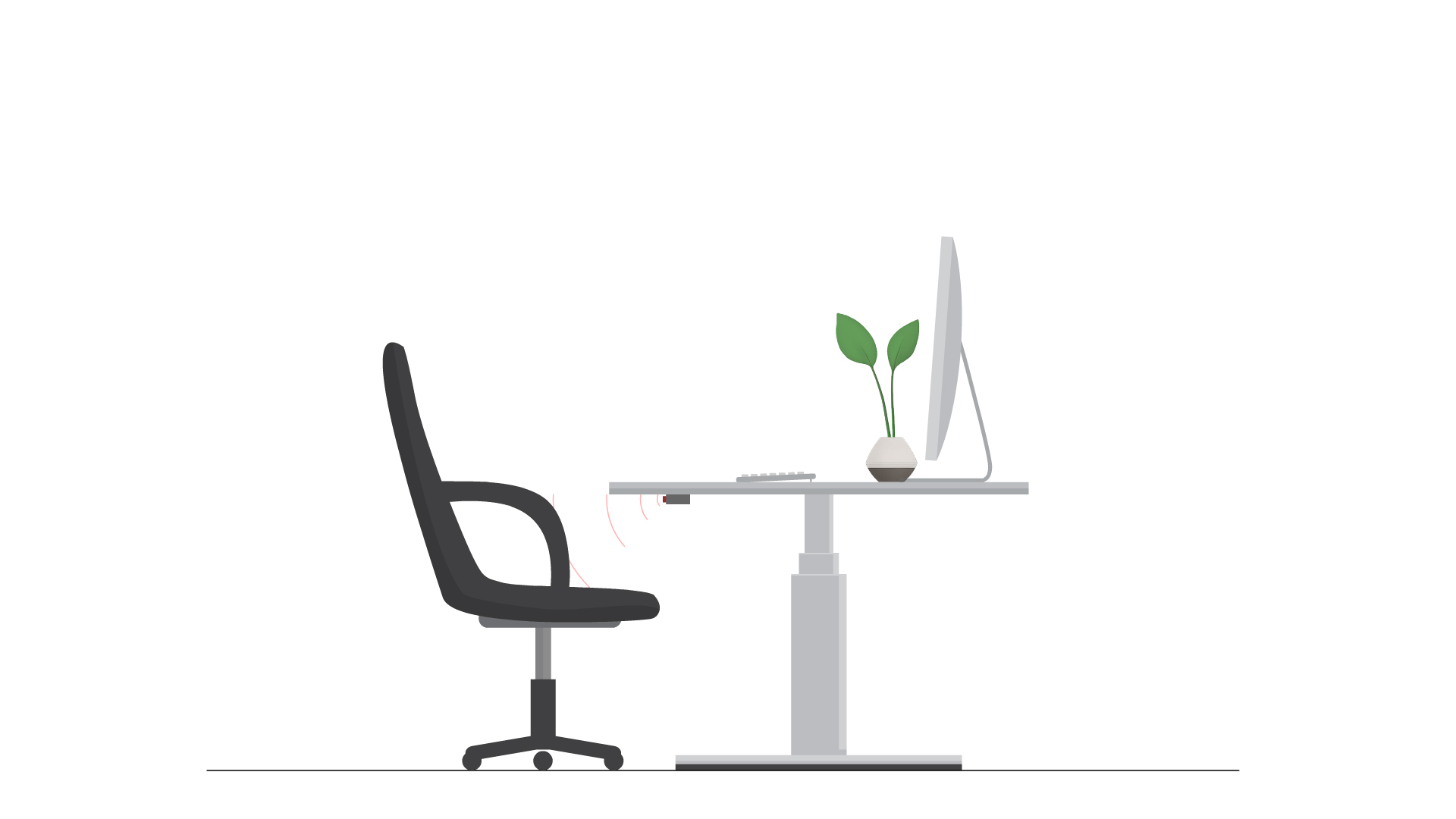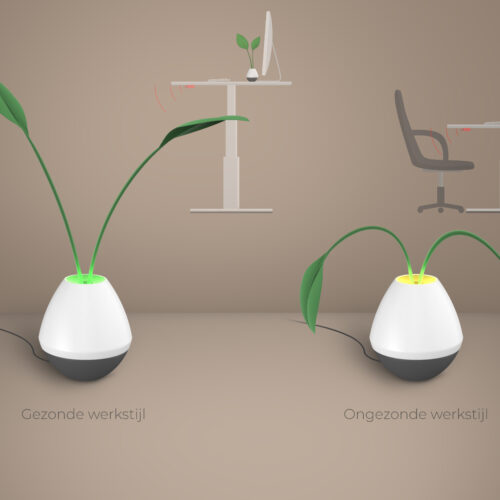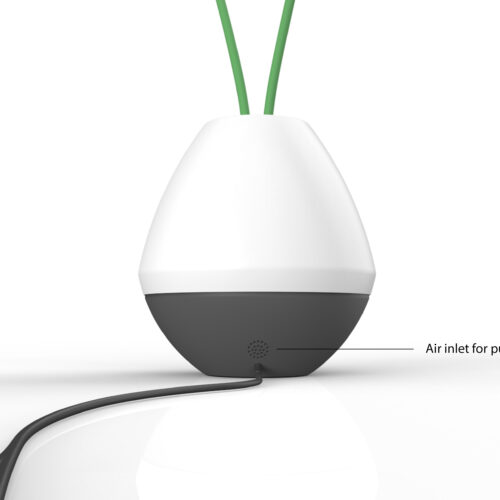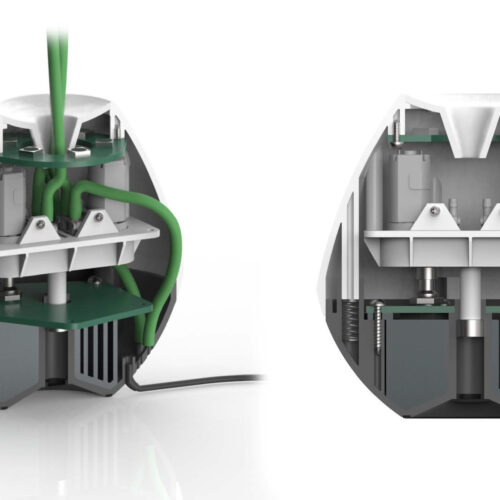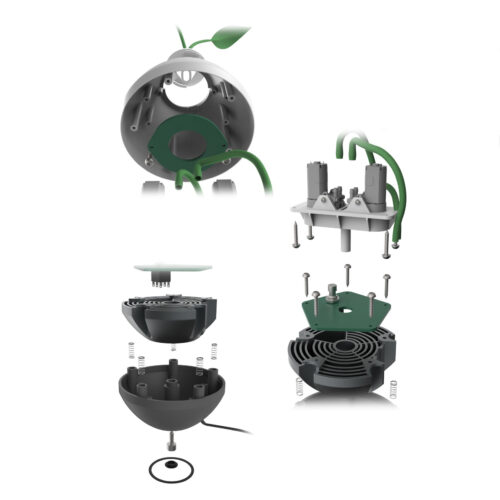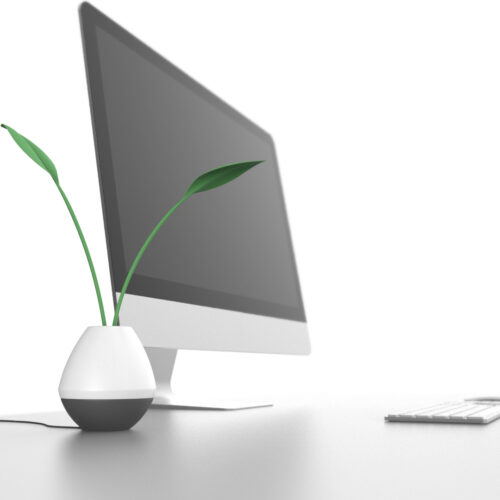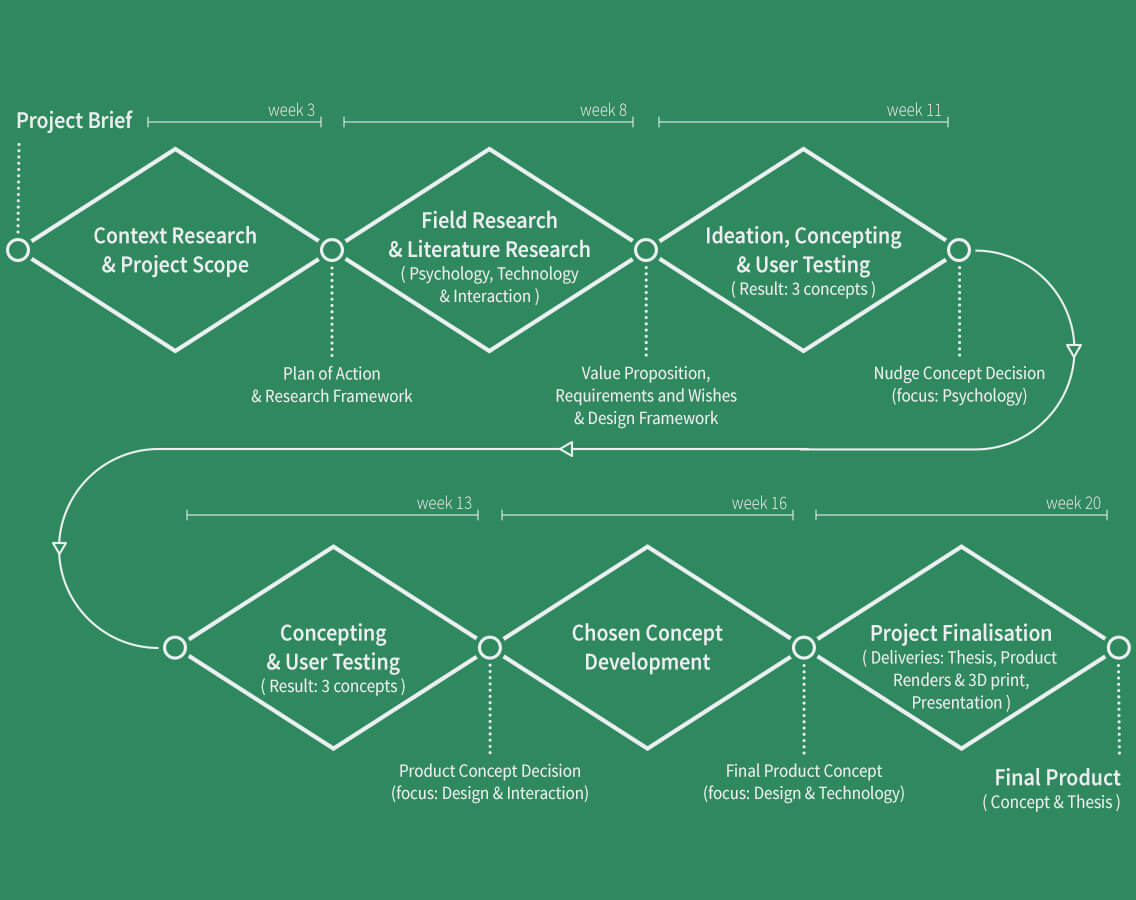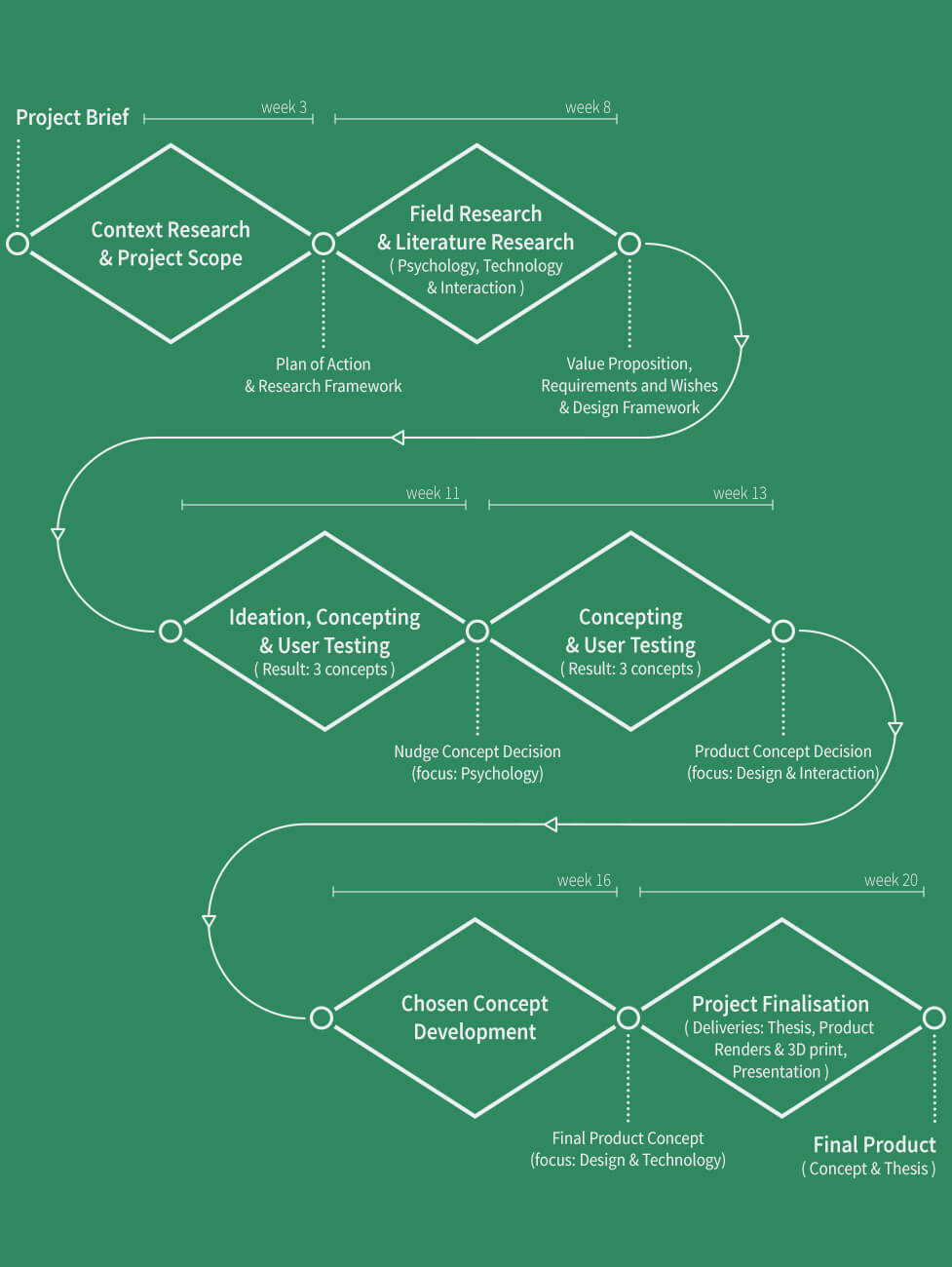Project Brief / Challenge
According to research organisation TNO (2016) the Dutch working population spents on average 7 hours of their work time sitting, each day. Long consecutive time spent sitting (a sedentary lifestyle) causes a significant contribution to common health issues. Desks with the possibility to switch between sitting and standing, like the ‘Ahrend Balance’, offer a solution. Frequently changing between sitting and standing behind the desk increases brain activity, concentration, creativity, and an overall healthier feeling and higher vitality (CBRE, 2017).
However, it turns out that in reality many users of these ‘sit-standing-desks’ yet rarely work while standing. To live up to the promise these desks make, an innovative solution has to be found to stimulate users to stand more and switch frequently.
Project Details
| Client | (Royal) Ahrend |
| Main Stakeholders | Ahrend & concerning company’s: Employees (working behind a sit-standing-desk), Human Resource Department, Management Board, and Facility Manager. |
| Position | All |
| Roles | Context Research, Project Scope, Field Research, Literature Research, Value Proposition, Ideation, User Research, Concept Development. |
| Team | Solo |
| Period | 20 weeks, 5 days a week |
(Royal) Ahrend
Main Stakeholders
Ahrend & concerning company’s: Employees (working behind sit-standing-desks), Human Resource Department, Management Board, and Facility Manager.
Position
All
Roles
Context Research, Project Scope, Field Research, Literature Research, Value Proposition, Ideation, Concept Development.
Team
Solo
Period
20 weeks, 5 days a week
